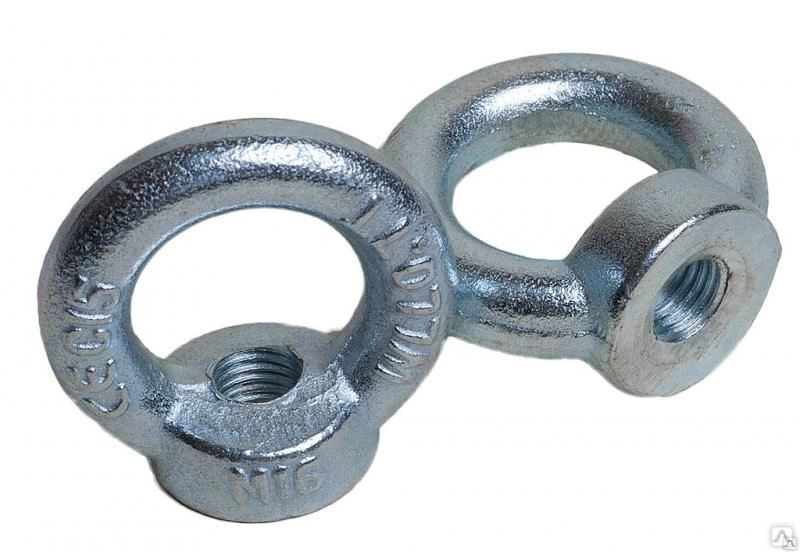News
Kas . 18, 2024 15:24 Back to list
crane safety hook
Crane Safety Hooks Ensuring Efficiency and Safety in Lifting Operations
In the realm of lifting operations, crane safety hooks play a pivotal role in ensuring that loads are lifted, transported, and lowered safely and efficiently. As industries continue to grow and evolve, so too does the need for robust safety mechanisms that can withstand the rigors of heavy lifting. This article will delve into the importance of crane safety hooks, their design features, types, and best practices for use to maximize safety and efficiency on construction and industrial sites.
Understanding Crane Safety Hooks
Crane safety hooks are specialized attachments designed to secure loads during lifting operations. They play a crucial role in preventing accidental disengagement of the load, which can lead to serious accidents, injuries, and property damage. The primary function of these hooks is to ensure that the load remains securely attached until it reaches its designated location.
Safety hooks are engineered to handle specific load capacities, and they come in various designs, materials, and sizes depending on the application. The most common materials used in the production of these hooks include high-strength steel, which provides durability and resistance to deformation under stress.
Key Features of Crane Safety Hooks
1. Locking Mechanisms One of the defining features of safety hooks is their locking mechanism. This can be a latch, a pin, or a spring-loaded safety catch that prevents the load from unintentionally slipping out. These mechanisms are designed for easy engagement and disengagement, ensuring that lifting operations can proceed smoothly without compromising safety.
2. Weight Capacity Each crane safety hook is rated for a specific weight capacity. It is essential to select a hook that meets or exceeds the weight of the load being lifted. Overloading a hook can lead to catastrophic failure, making it critical to adhere to the manufacturer's specifications and usage guidelines.
3. Corrosion Resistance In many industries, safety hooks are exposed to harsh environmental conditions, including moisture, chemicals, and extreme temperatures. Many manufacturers offer hooks that are coated or treated to resist corrosion, thereby extending their lifespan and maintaining their structural integrity.
4. Ergonomic Design Safety hooks are designed not only for functionality but also for ease of use. Their shapes are optimized to allow for quick attachment and detachment, which is essential for maintaining productivity in busy work environments.
Types of Crane Safety Hooks
Crane safety hooks come in various types, each suited for specific applications
crane safety hook

- Standard Hooks These are basic hooks used for general lifting operations. They are versatile and can be used in a range of industries.
- Swivel Hooks These hooks can rotate, which is beneficial for aligning loads during lifting. Their design reduces the risk of twisting loads, which can occur during movements.
- Double Hooks Used for lifting heavy or awkwardly shaped loads, double hooks provide additional security and stability.
- Safety Latches These hooks come equipped with a latch that secures the load in place, preventing it from slipping out during lifting.
Best Practices for Using Crane Safety Hooks
To ensure safety and efficiency in lifting operations, adhering to best practices when using crane safety hooks is crucial
1. Regular Inspections Regularly inspect safety hooks for signs of wear, deformation, or damage. Hooks should be replaced if any defects are found, as compromised hooks can easily fail under load.
2. Training and Education Ensure that all personnel involved in lifting operations are properly trained in the correct use of safety hooks and associated lifting equipment. Understanding load capacities, attachment methods, and safety measures is vital.
3. Following Manufacturer Guidelines Always adhere to the manufacturer's specifications regarding the load capacity and usage of safety hooks. This ensures that equipment operates within safe limits.
4. Clear Communication Establish clear communication among team members during lifting operations to ensure everyone is aware of the plan and safety protocols.
In conclusion, crane safety hooks are indispensable tools in the safety and efficiency of lifting operations across various industries. By understanding their features, types, and best practices for use, organizations can reduce the risk of accidents and enhance workflow productivity. Prioritizing safety in lifting operations not only protects workers but also preserves the integrity of the equipment and the materials being handled, paving the way for a more efficient and safe working environment.
